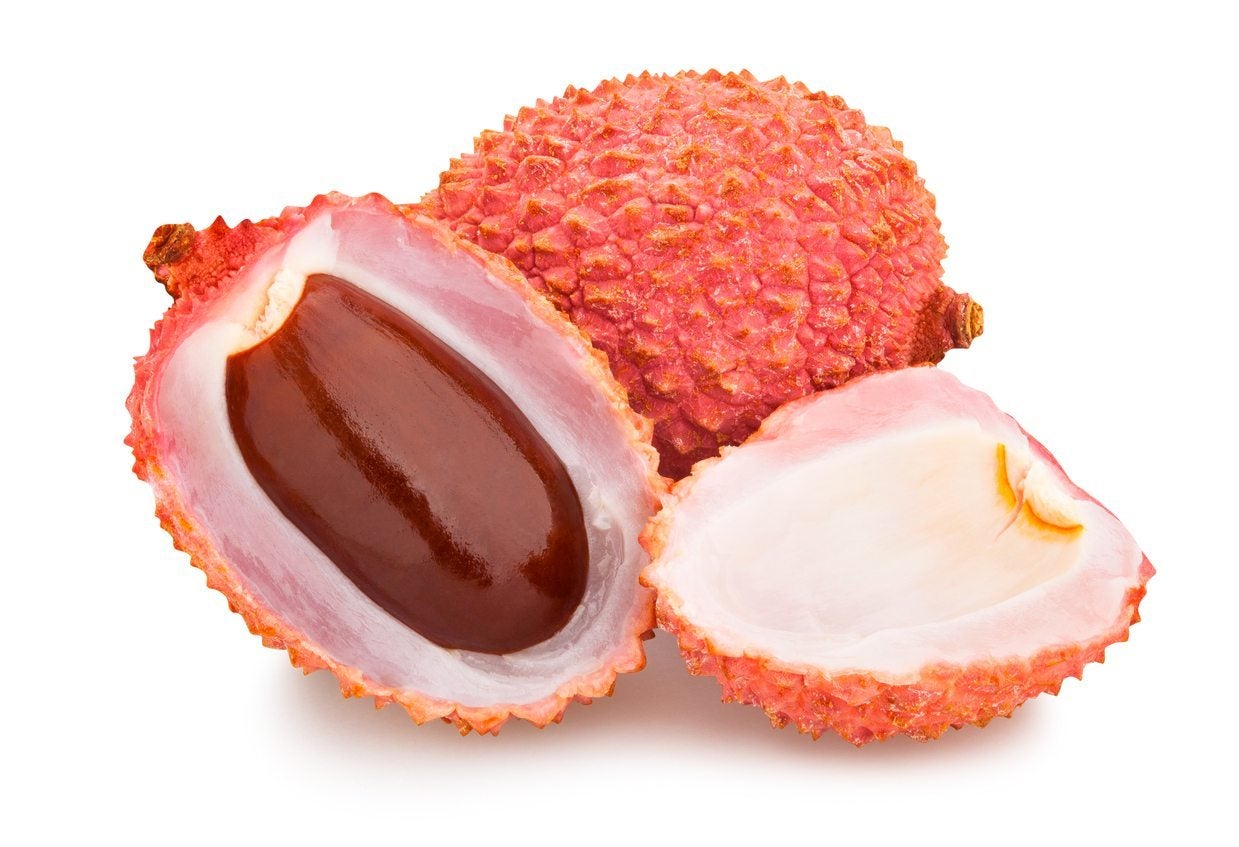Planting Lychee Seeds: A Guide To Lychee Seed Propagation


Lychees are a beloved southeast Asian fruit that are steadily becoming more popular worldwide. If you’ve ever bought fresh lychees at the store, you’ve probably been tempted to plant those big, satisfying seeds and see what happens. Keep reading to learn more about lychee seed germination and growing lychee from seed.
Can You Grow Lychee from Seed?
The good news is that lychee seed germination is usually very reliable. The bad news is that you may never get a lychee fruit out of it. The lychee fruit you buy in the store is often hybridized, and the likelihood that the resulting tree will match its parent is very low.
Also, the trees are slow to mature, and it could take as long as 20 years for your sapling to produce fruit, if it ever does. In other words, if you want a fruit bearing tree any time soon, you should buy one from a nursery. If you just want to plant a seed for the fun of it, however, that’s a different story.
Growing Lychee from Seed
Lychee seed propagation works best with mature fruit. Select several lychees that are plump, red, and fragrant. Peel your fruit and remove its single seed from the flesh. The seed should be large, smooth, and round. Sometimes, seeds are oblong and shriveled – these are rarely viable and shouldn’t be planted.
Lychee seeds dry out and lose their viability in a matter of days and should be planted as soon as possible. Fill a 6 inch (15 cm.) pot with moist, rich growing medium and sow a single seed at a depth of 1 inch (2.5 cm.). Keep the pot moist and warm, between 75 and 90 degrees F. (24-32 C.). Lychee seed germination usually takes between one and four weeks.
Once the seedling has emerged, move it to a spot that receives partial sun. Over the course of the first year, the plant will grow vigorously to 7 or 8 inches (18-20 cm.) in height. After this, however, growth will slow down. Transplant it to a larger pot and be patient – growth should pick up again in a couple of years.
Sign up for the Gardening Know How newsletter today and receive a free copy of our e-book "How to Grow Delicious Tomatoes".

The only child of a horticulturist and an English teacher, Liz Baessler was destined to become a gardening editor. She has been with Gardening Know how since 2015, and a Senior Editor since 2020. She holds a BA in English from Brandeis University and an MA in English from the University of Geneva, Switzerland. After years of gardening in containers and community garden plots, she finally has a backyard of her own, which she is systematically filling with vegetables and flowers.